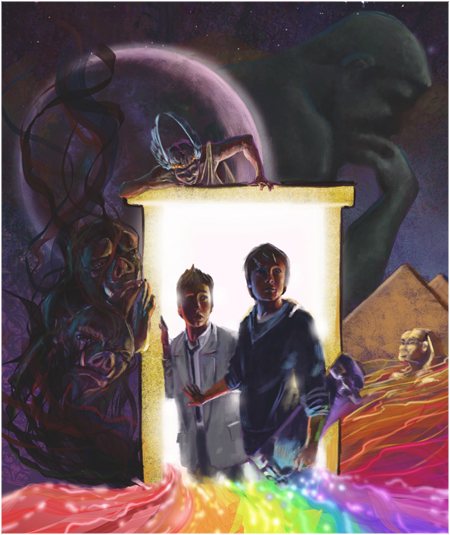Objective: Students will learn the three types of conflict resolution through role play and the making of Peace Cards.
Materials: Preprinted Peace Cards, index cards, markers or crayons, whiteboard.
Procedure:
1. Write the following on the board, chart paper or electronic whiteboard:
a) Passive = Giving in to another. (lose, win)
b) Aggressive = Attacking another. (lose, lose)
c) Assertive = Be firm with desired outcome. (win, win)
2. Explain to children that these are the three ways that conflicts or problems can be resolved.
3. Give examples of each.
a) Passive might be when one child says, “Give me your lunch money,” and the other gives it freely. In this case the victim loses but the bully wins.( lose, win)
b) Aggressive might be when one child says, “Give me your lunch money,” and the other responds by punching him in the nose. In this case both get hurt and in trouble. (lose, lose)
c) Assertive vocabulary is when one child says, “Give me your lunch money,” and the other responds with a strong no without resorting to name calling. (win,win)
I usually invite a student to role play these choices with me, overacting in a silly way with overly exaggerated gestures to get them to laugh about how ridiculous it is to punch a kid (for aggressive behavior) or to shrink away with a Charlie Brown voice (for passive behavior.) Then we role play the assertive no demonstrating the effectiveness of standing up for yourself peacefully.
4. Write three headings on the board
5. Show students the preprinted Peace Cards. Go over good choice examples written on the back.
Guided Practice:
1. Pass out index cards and invite children to make their own positive choice for conflict resolution. They draw and write a caption for a good choice.
2. Collect. Place inside a basket or a box in a easily visible place. This will remind the class of positive choices for the future.
3. Tell students that if they ever have a conflict with another child in the future they can make a new card or share an existing one with him/her.
Evaluation: Were the students able to come up with positive ways to assert themselves. Did their Peace Cards have kind yet firm choices?
Follow up: If students have conflicts that do not needing serious intervention by an adult, the Peace Cards can be an effective way to invite dialogue. Have the disagreeing children discuss how to come up with a win-win situation. Then invite them to make Peace Cards about how they could handle the situation better.





